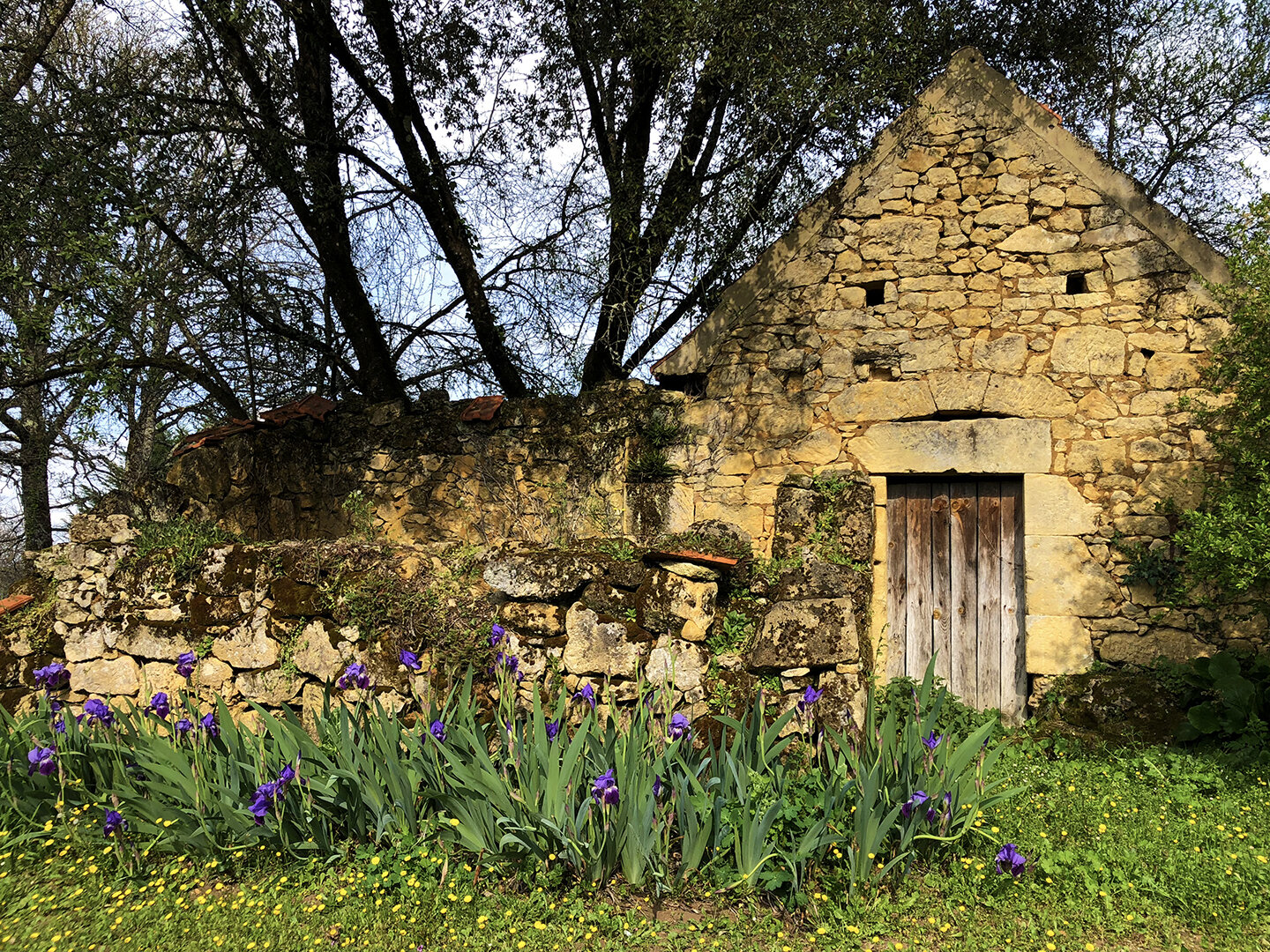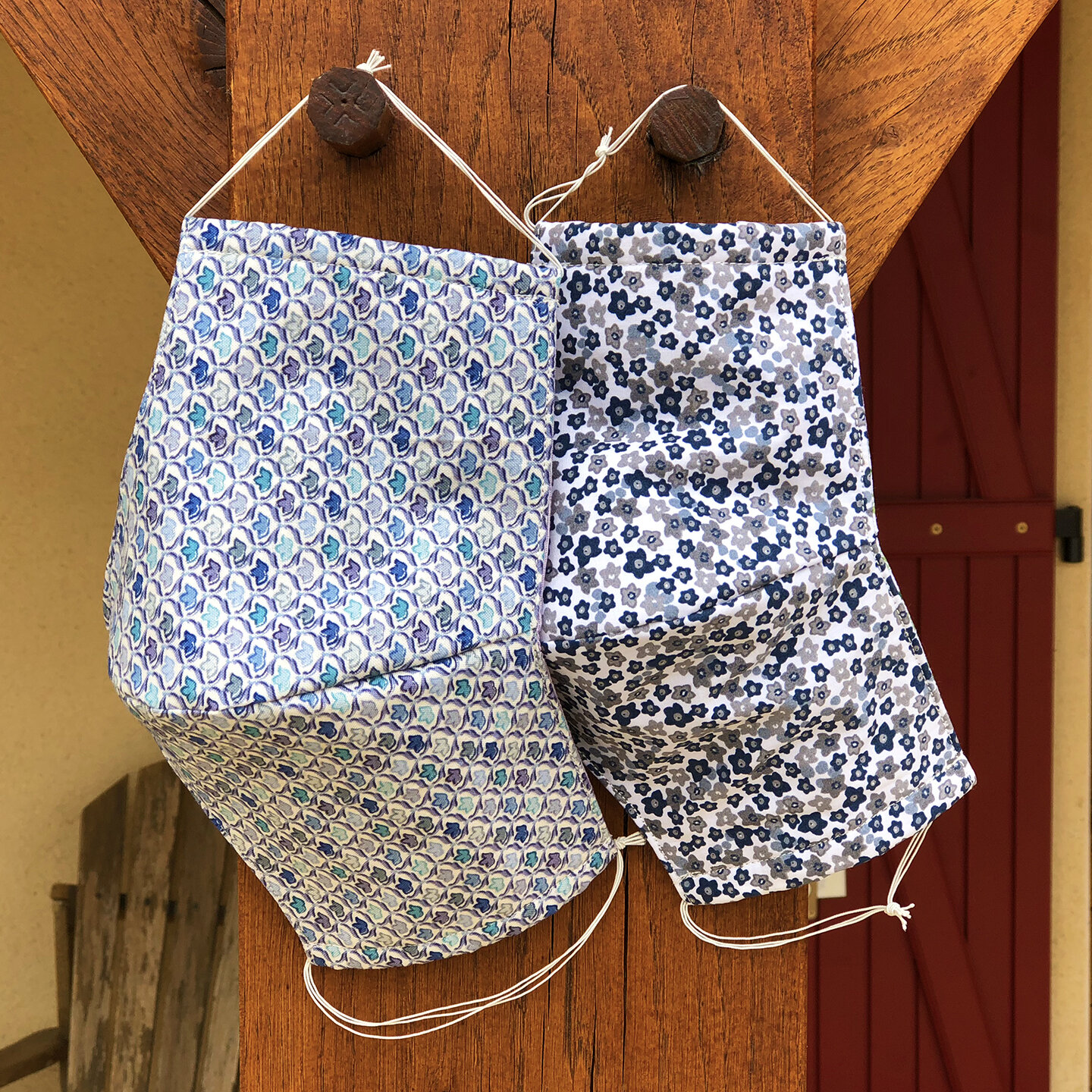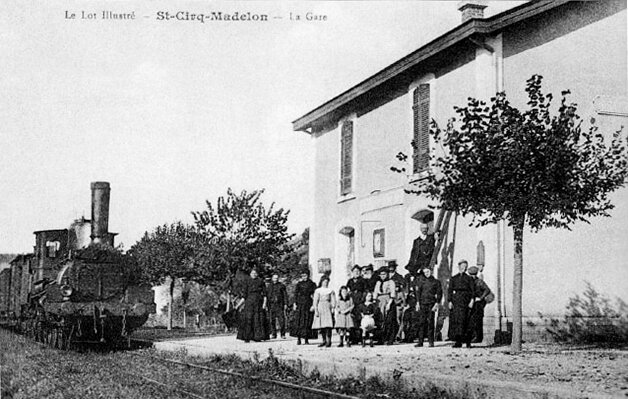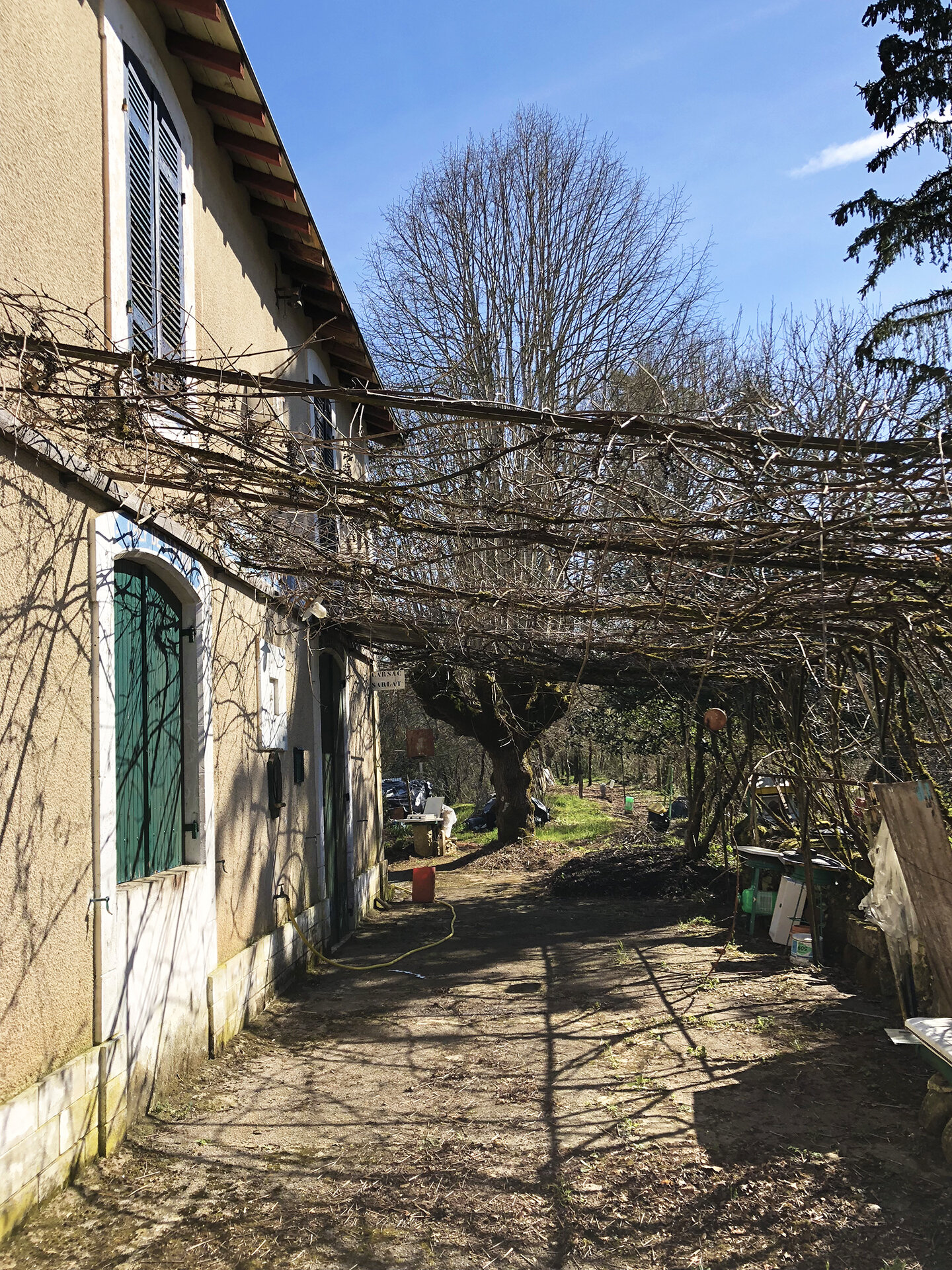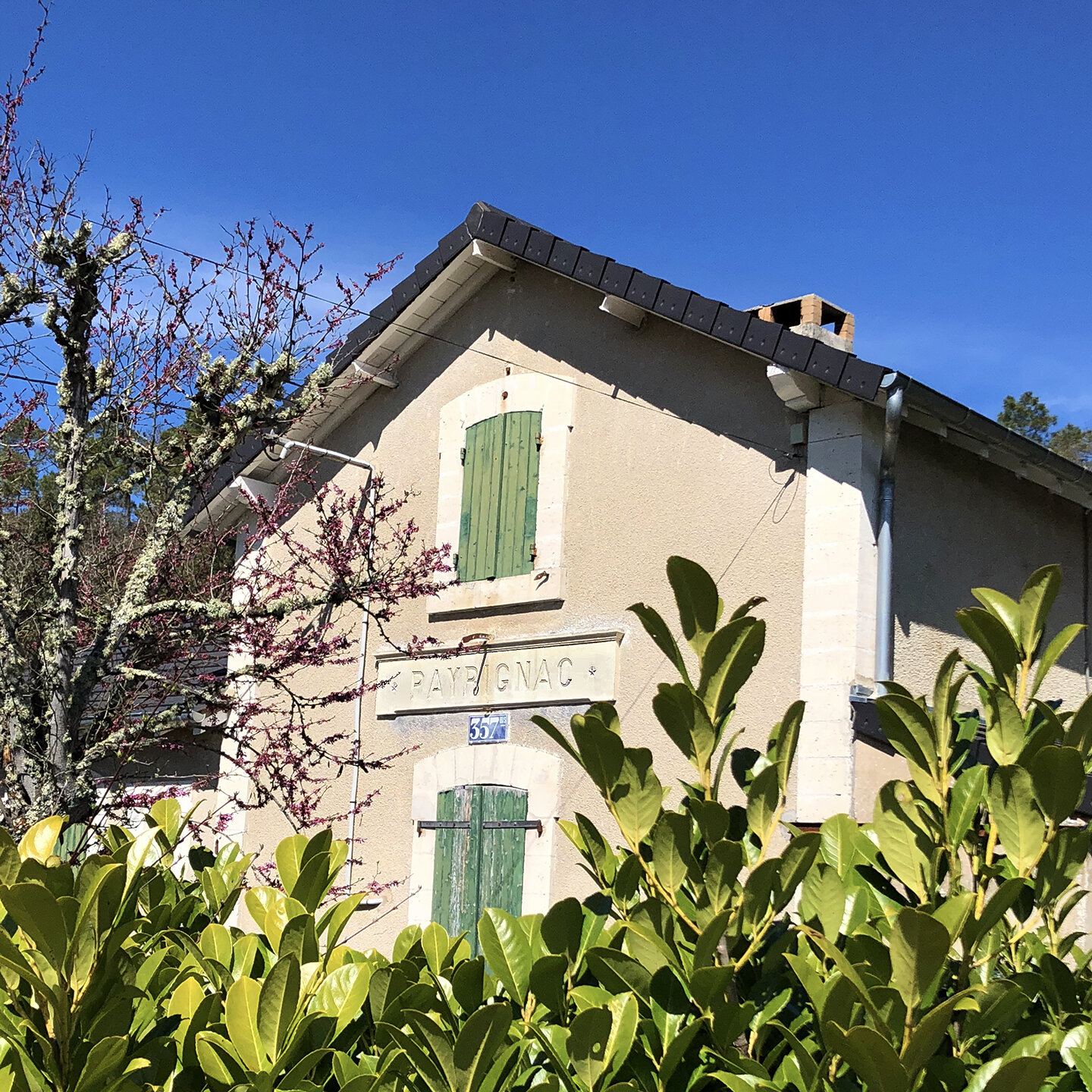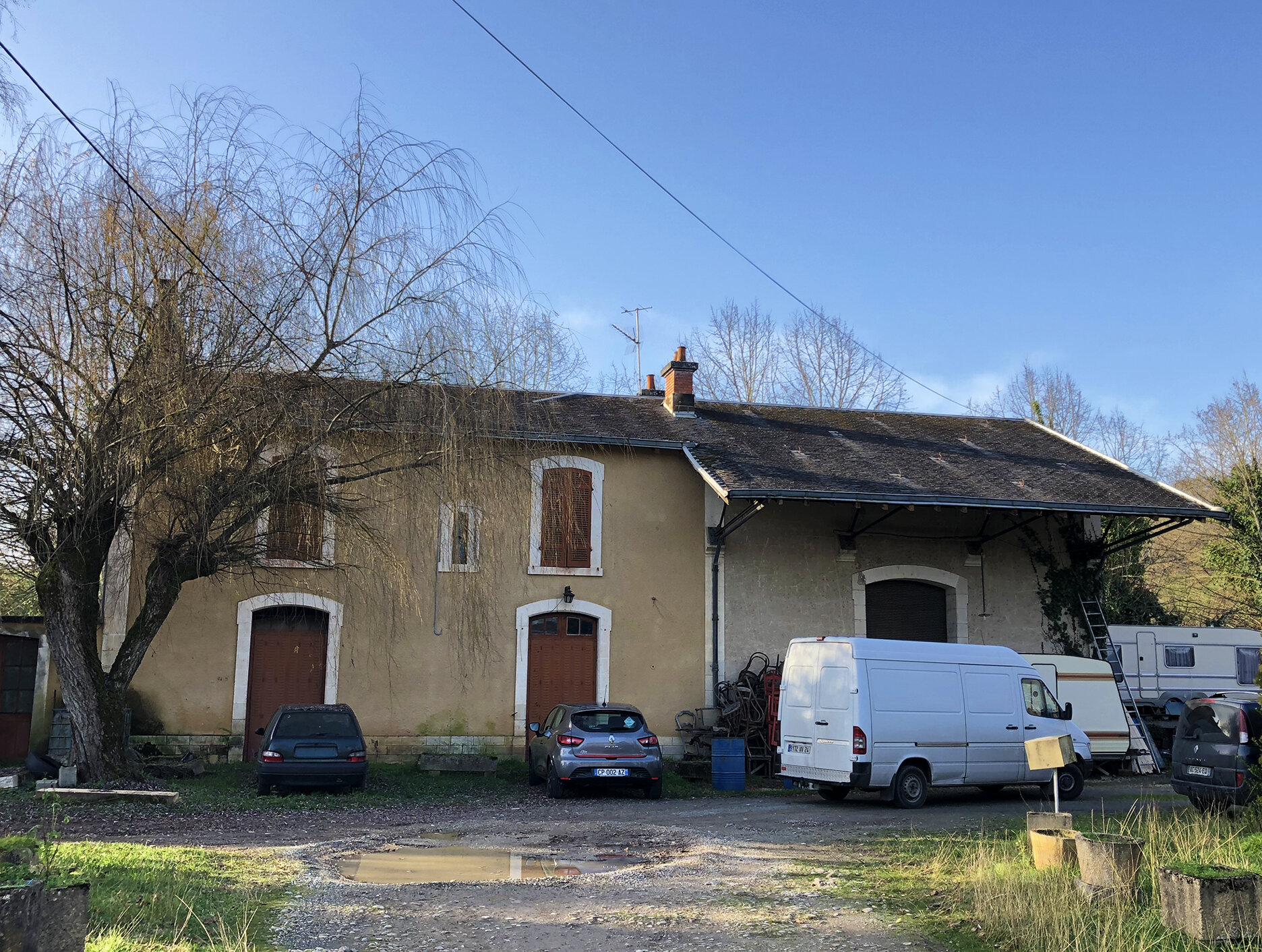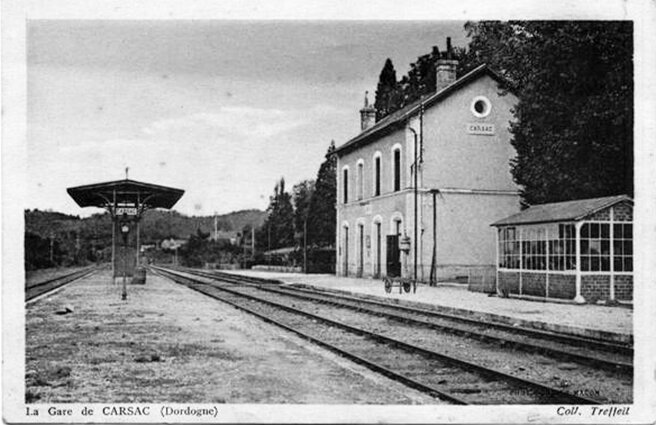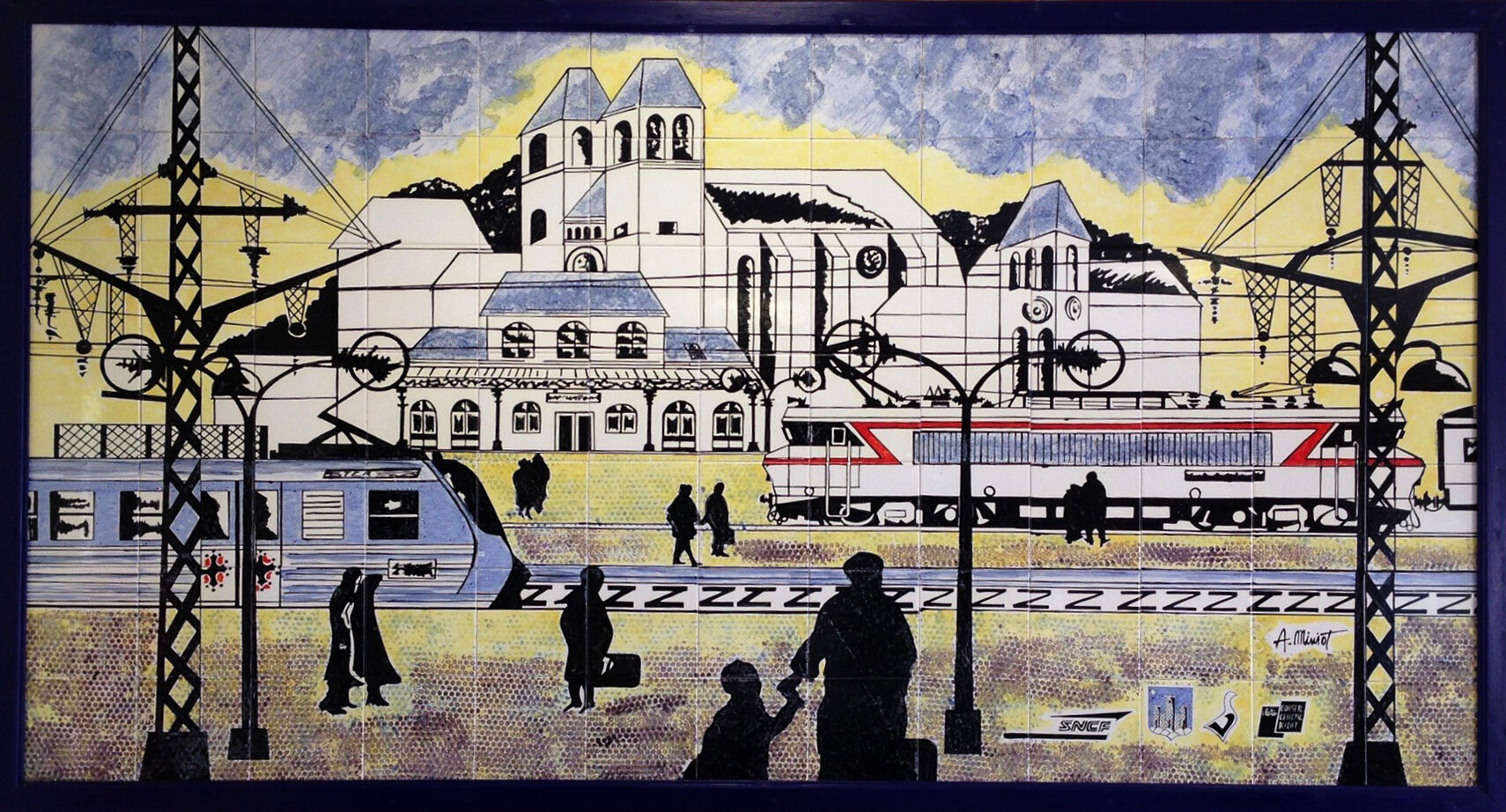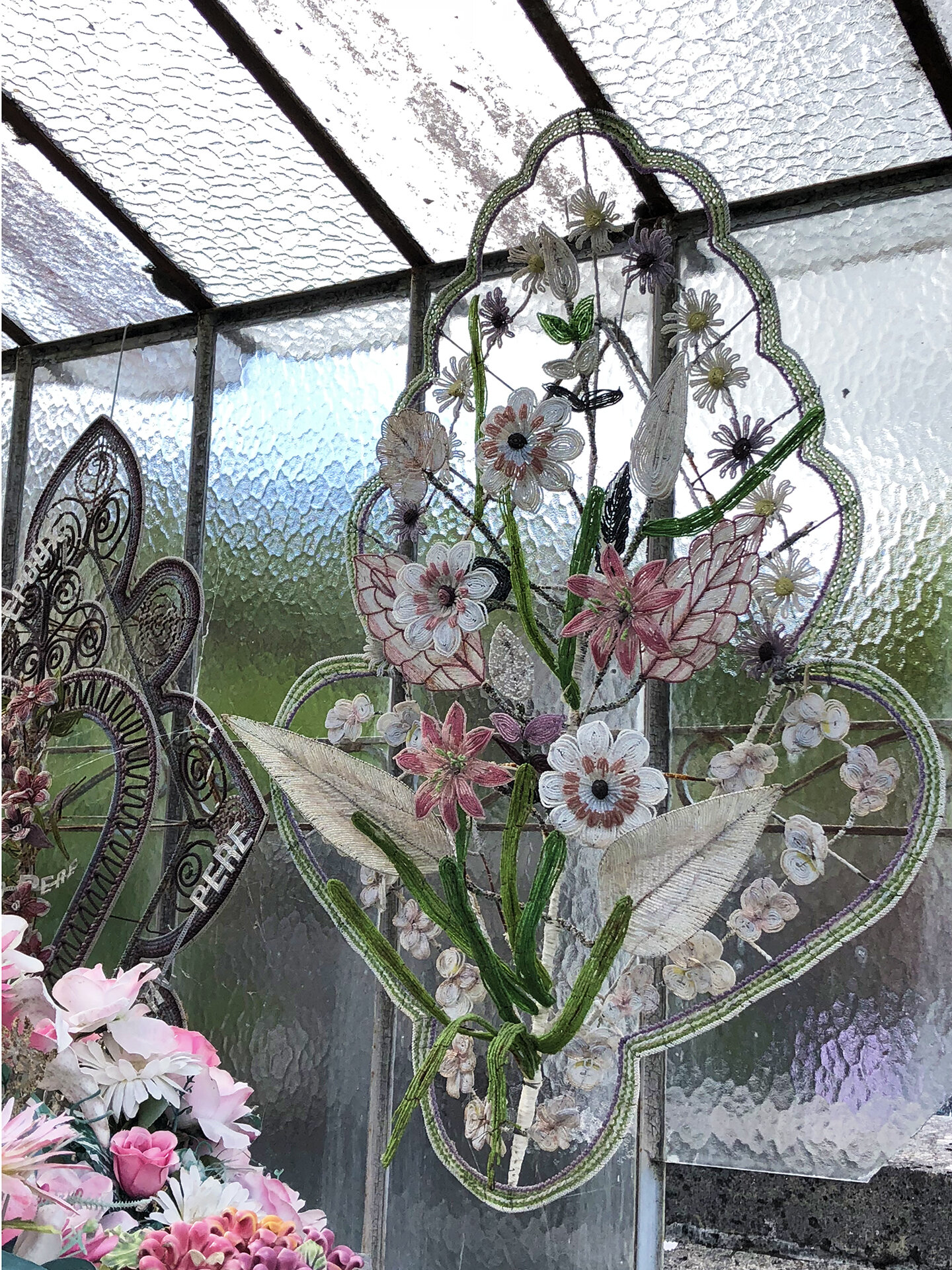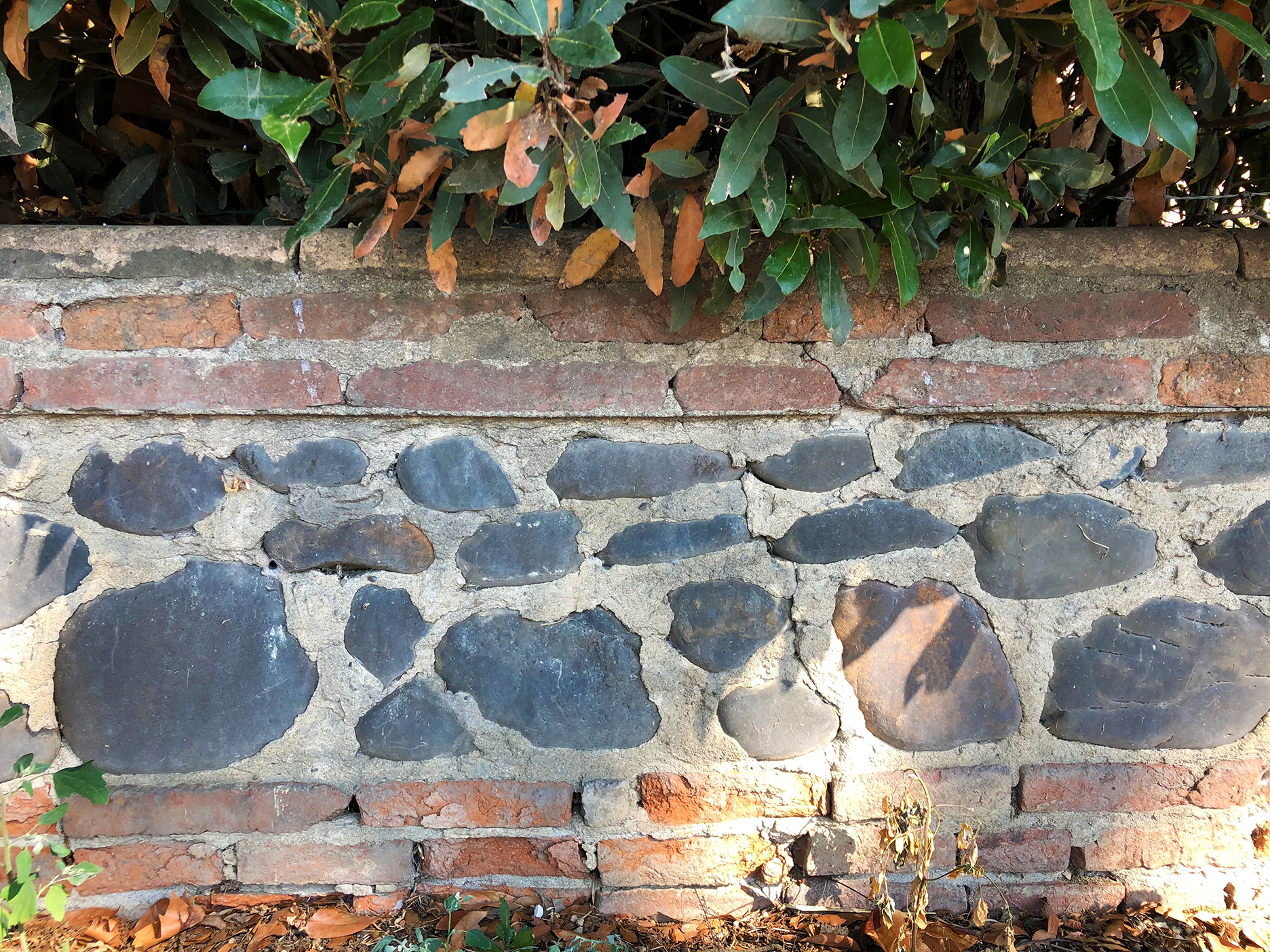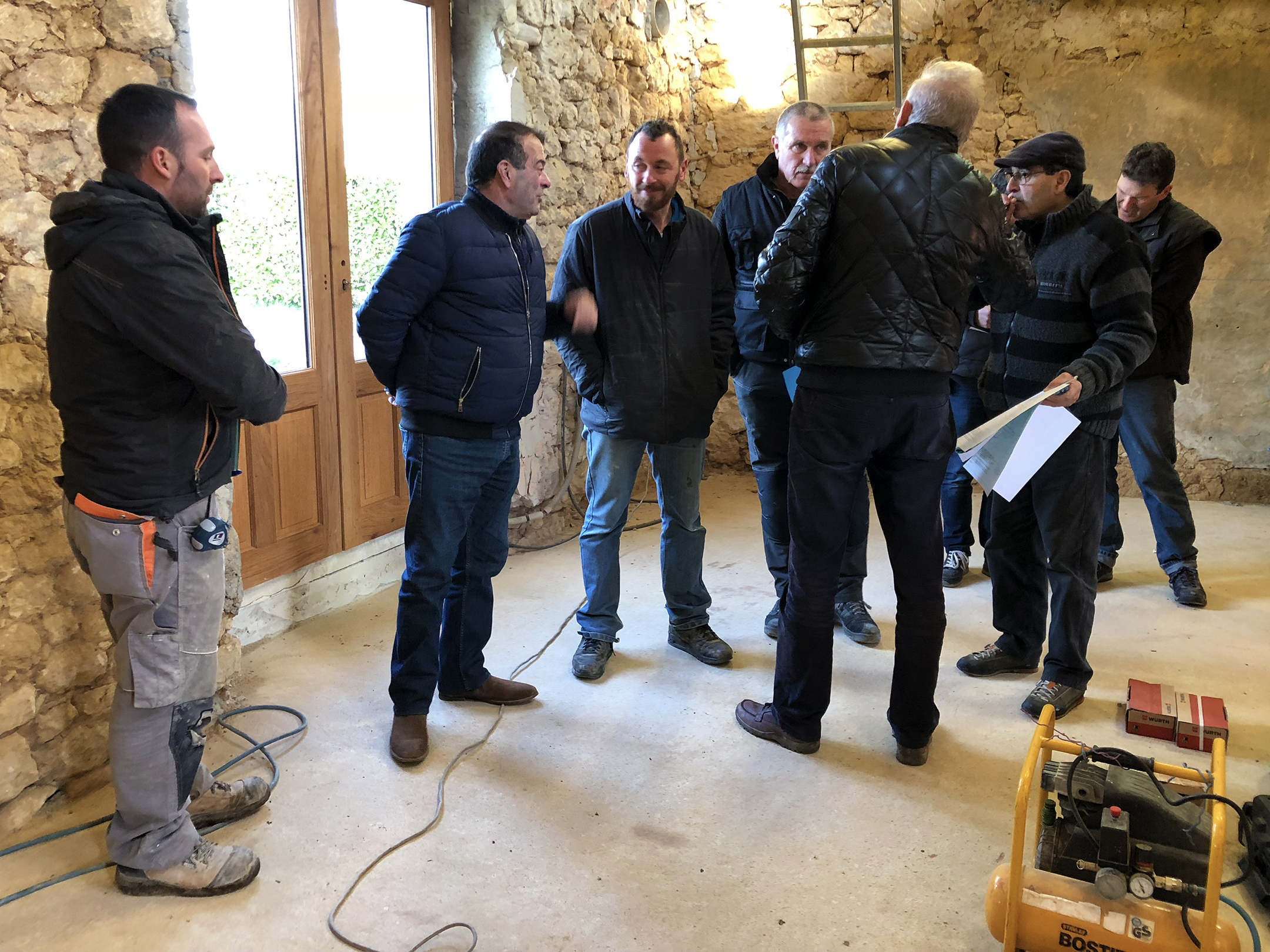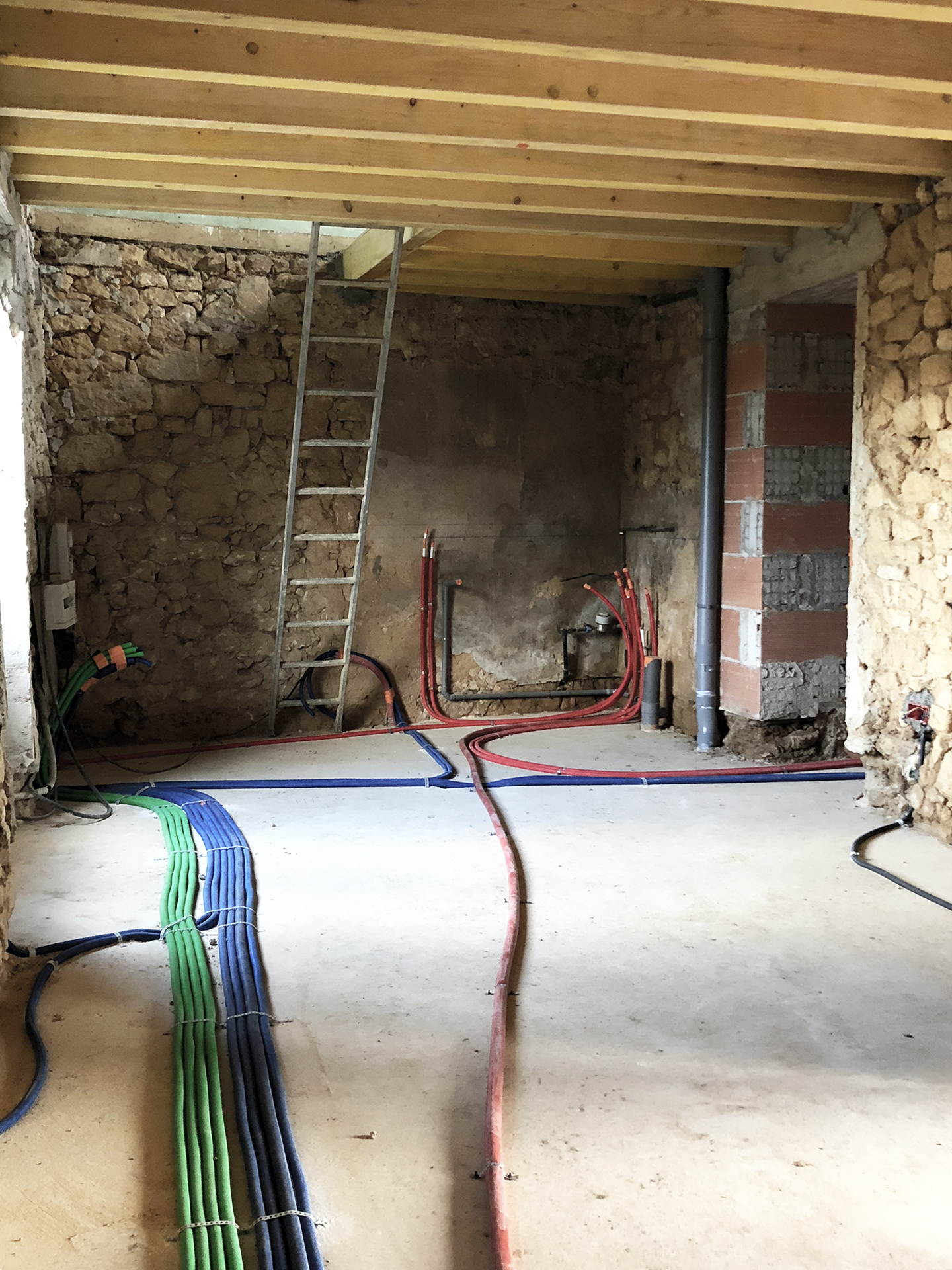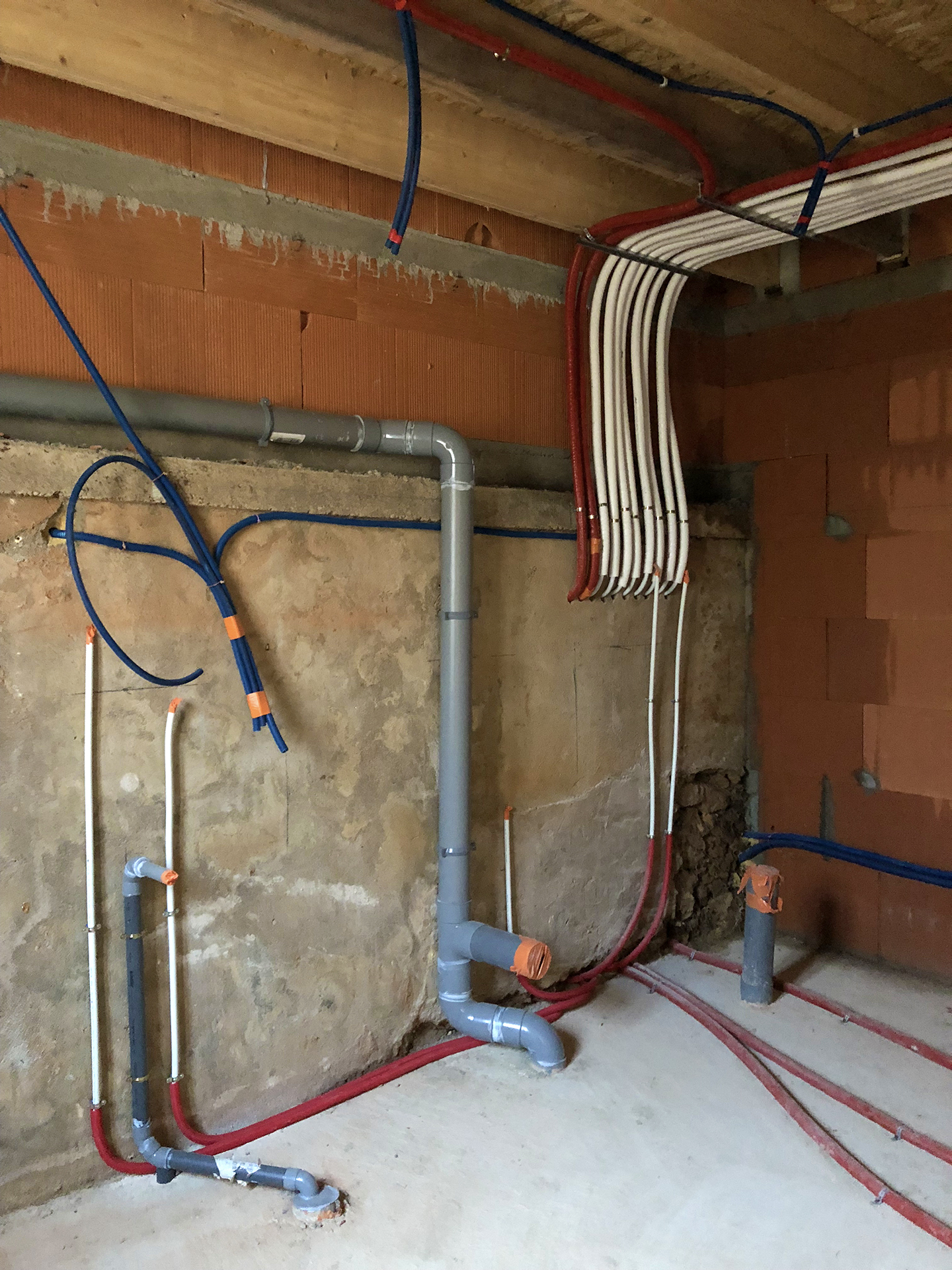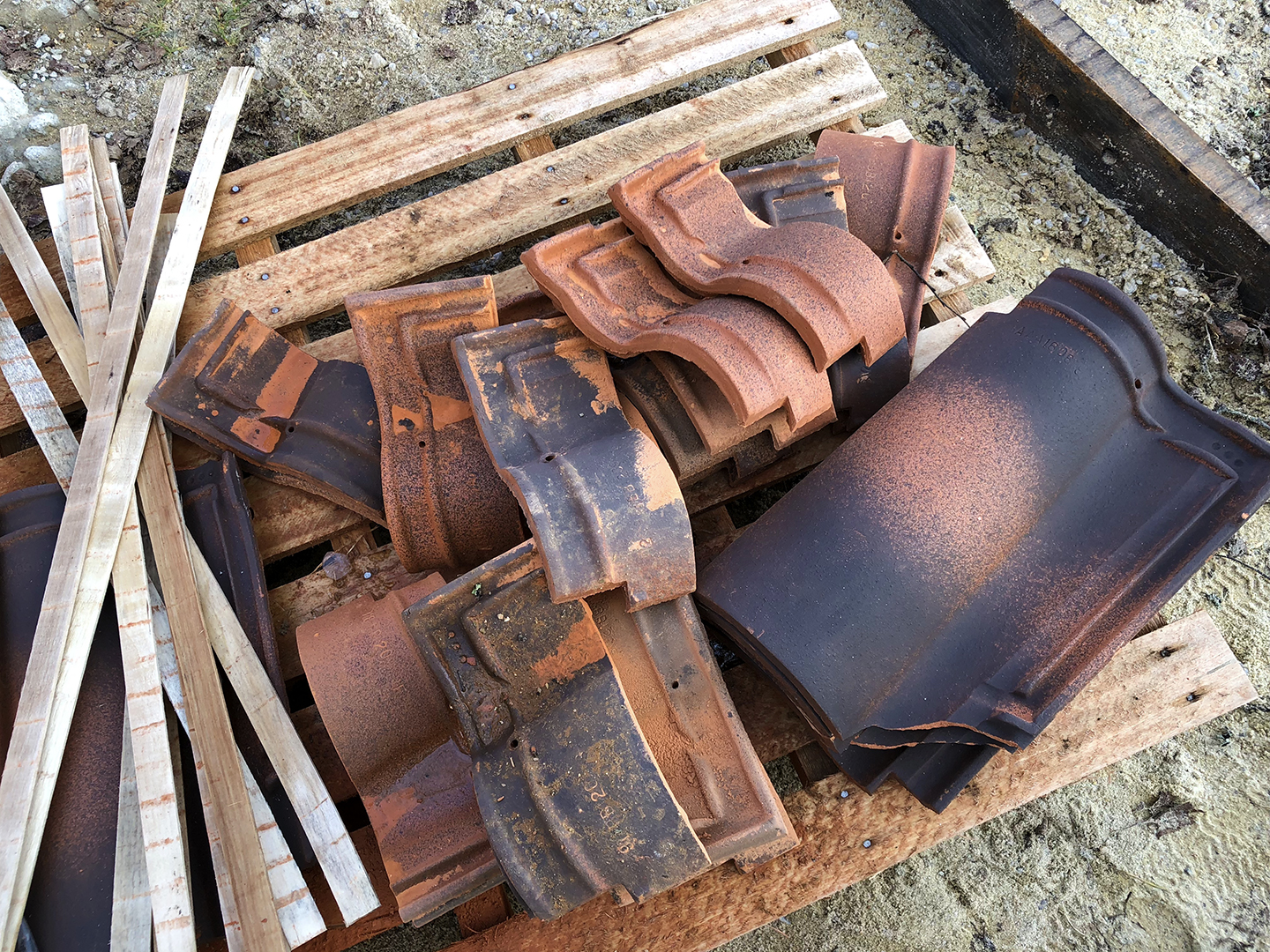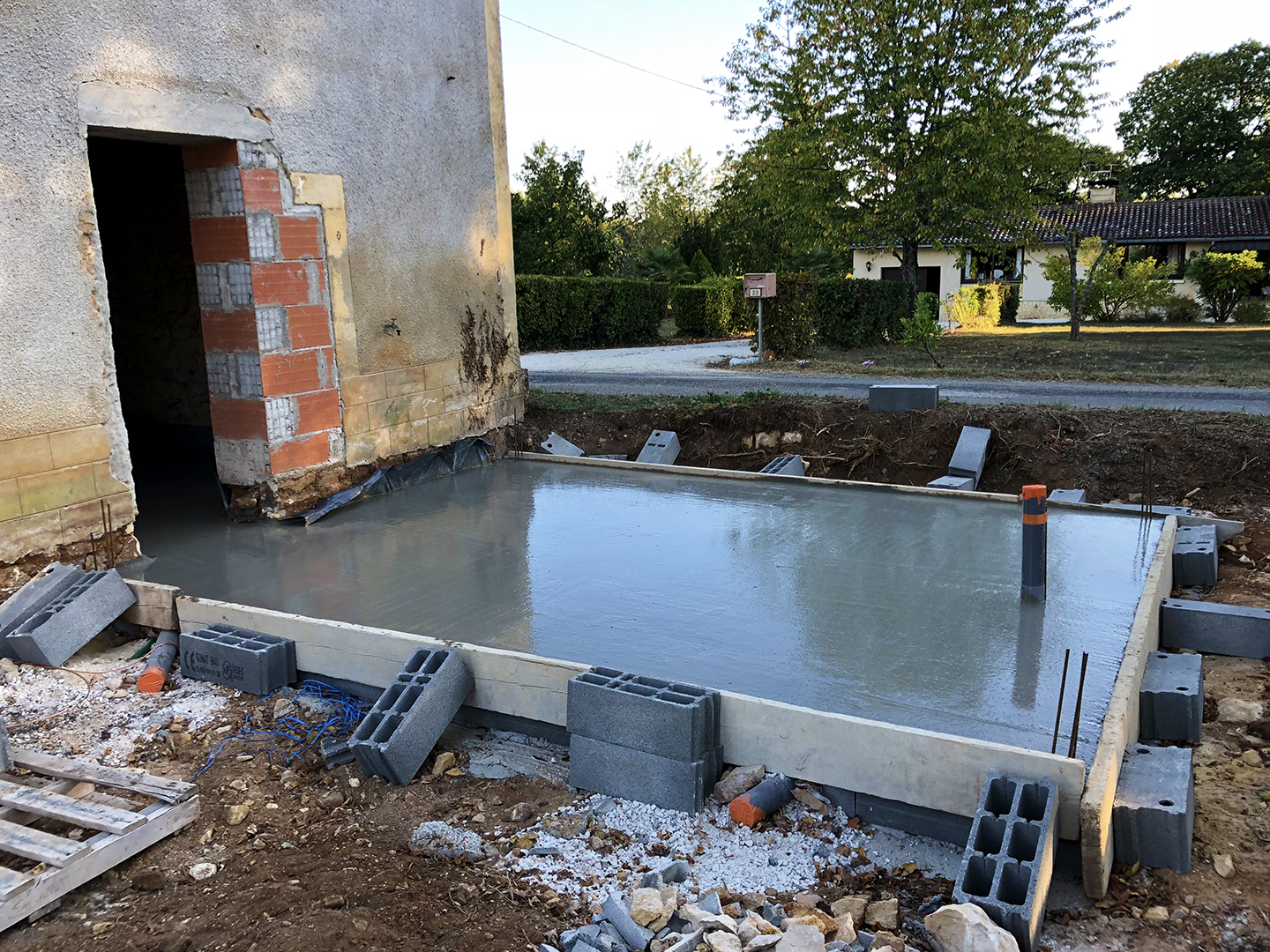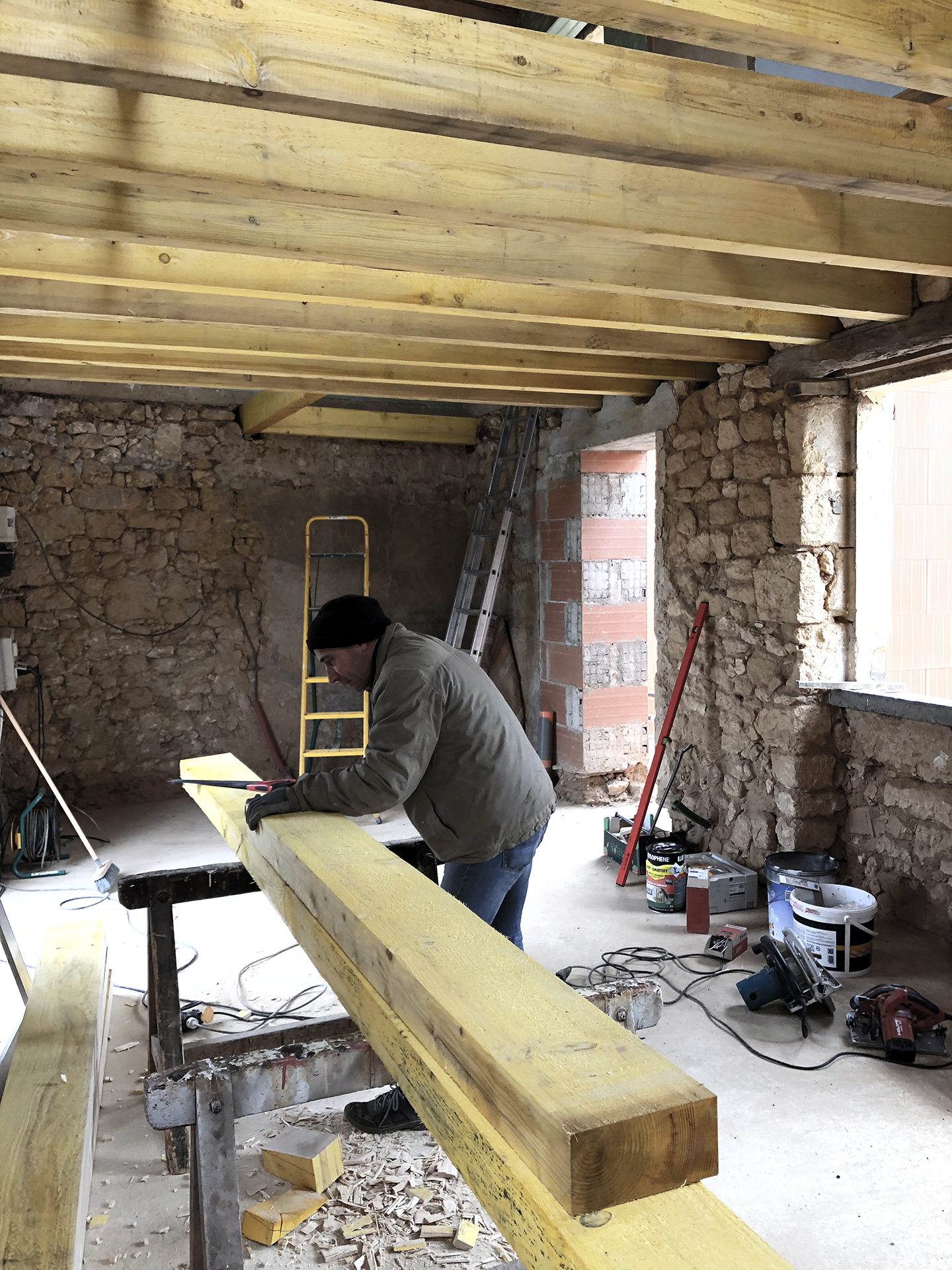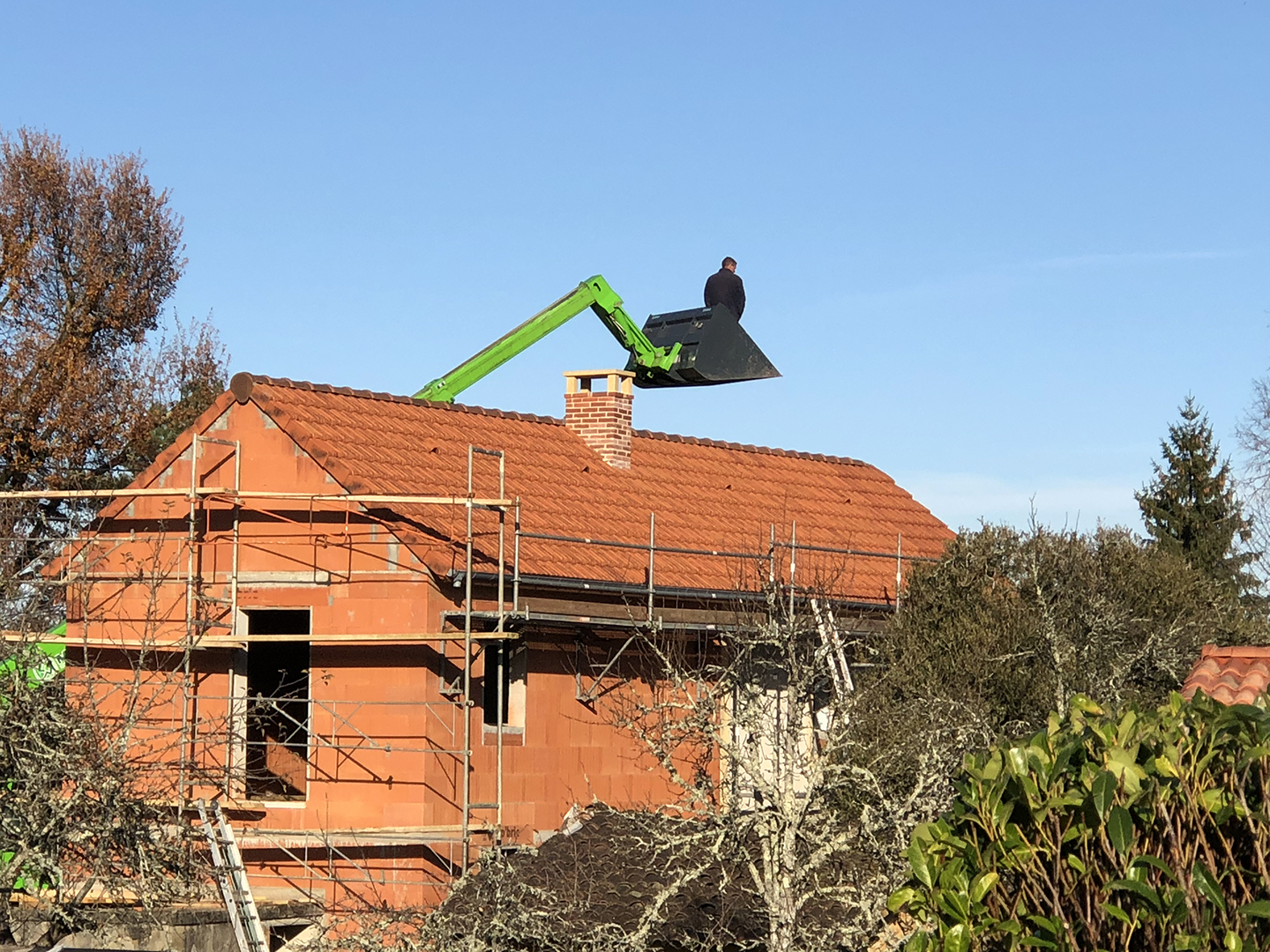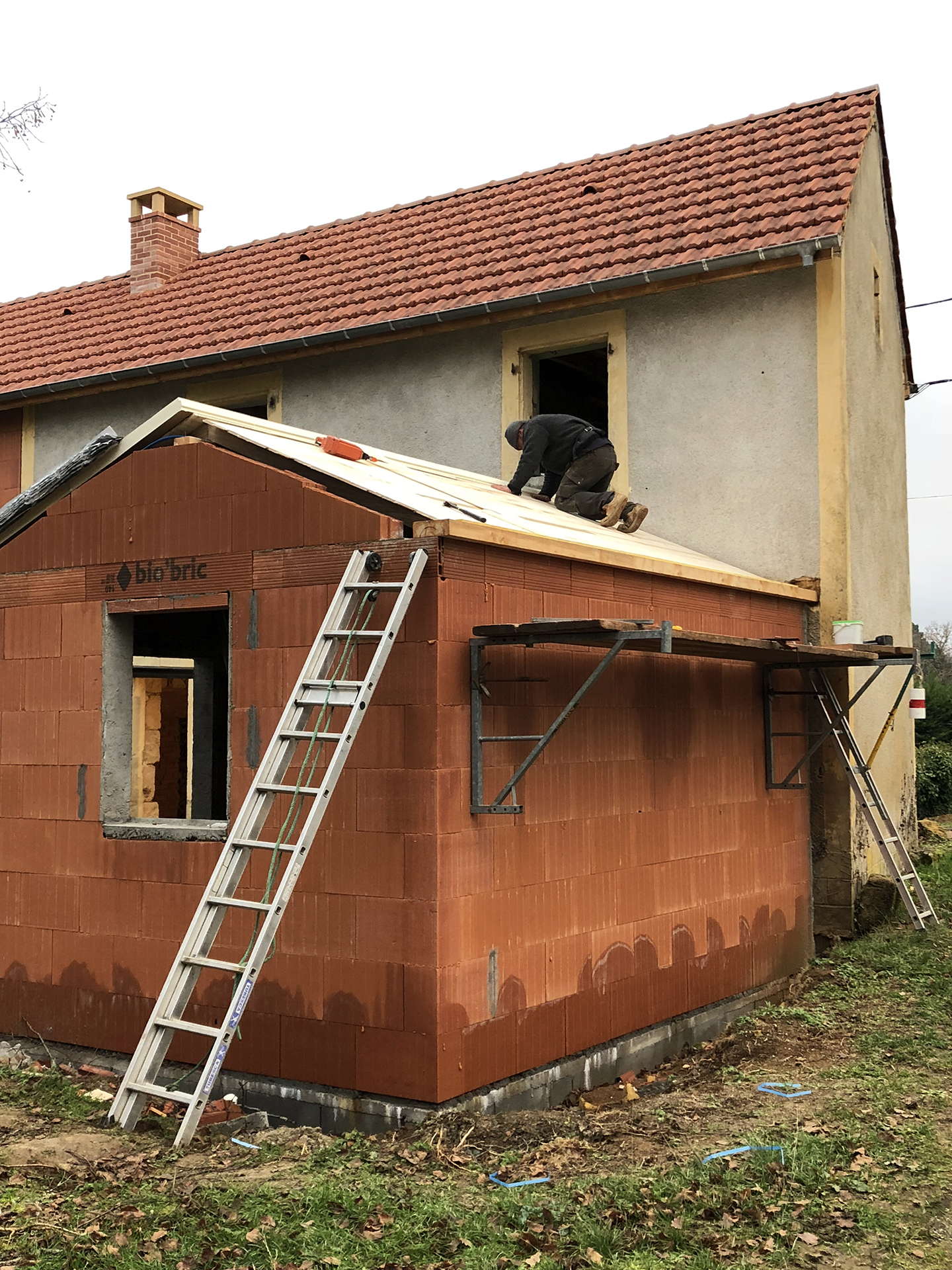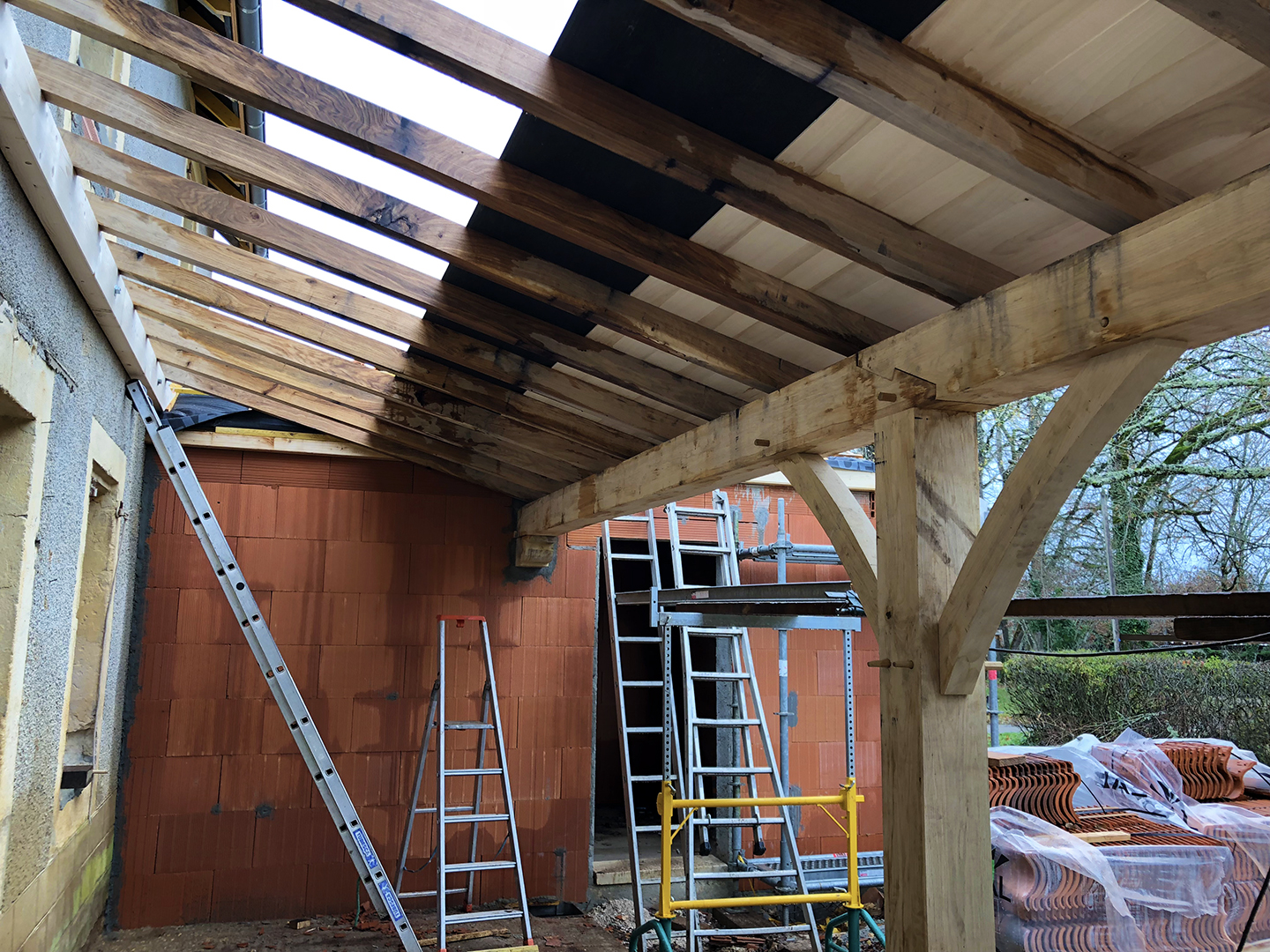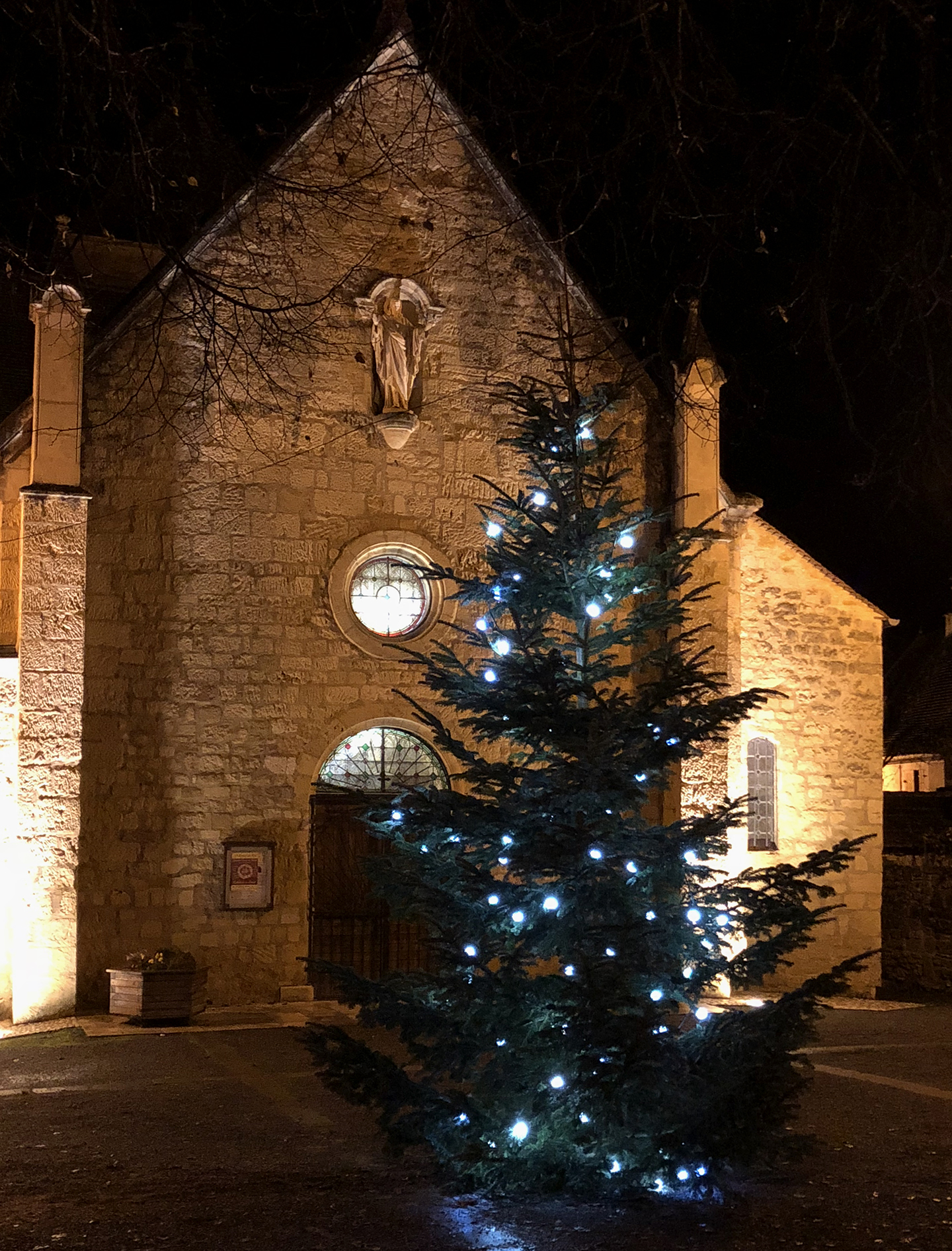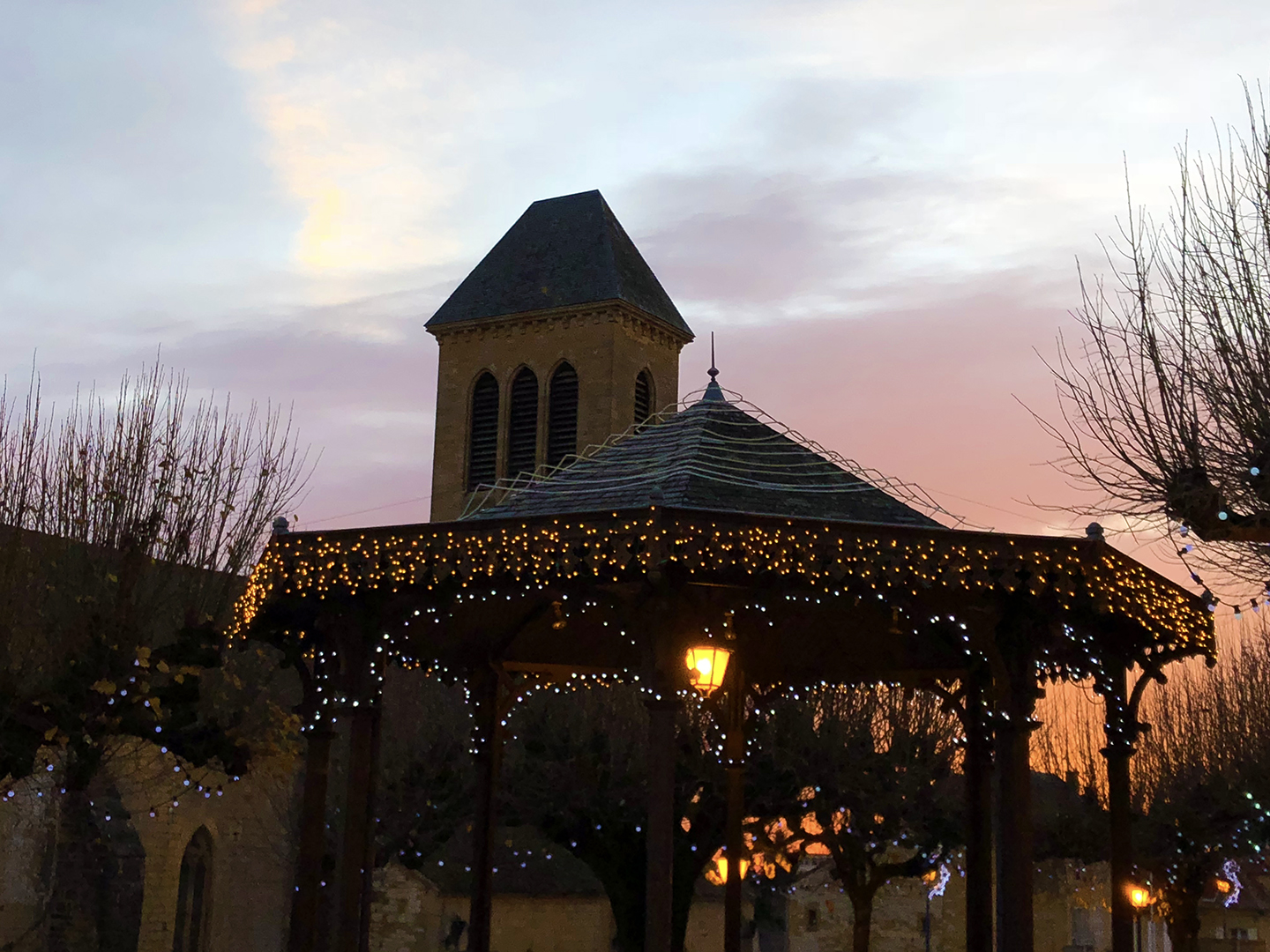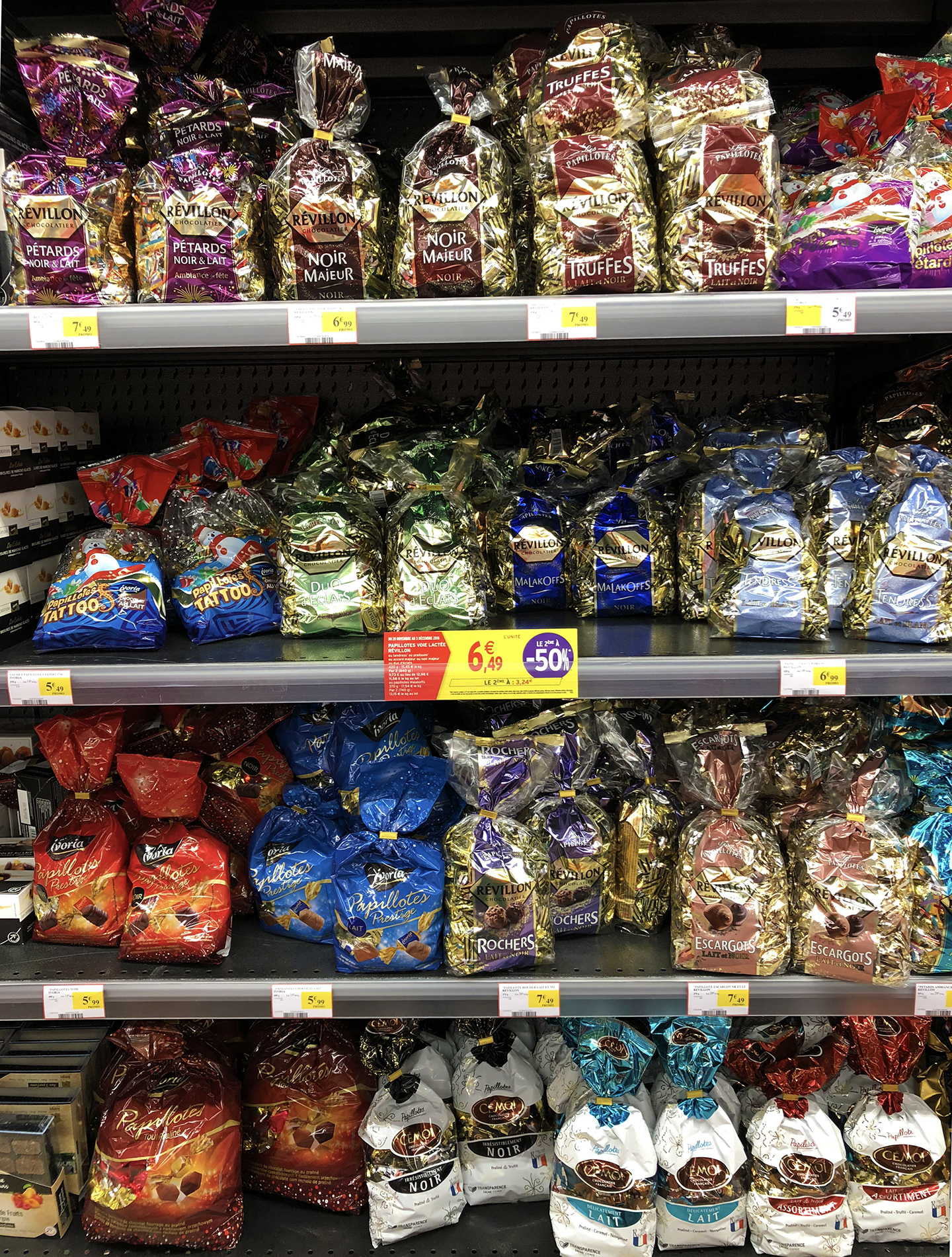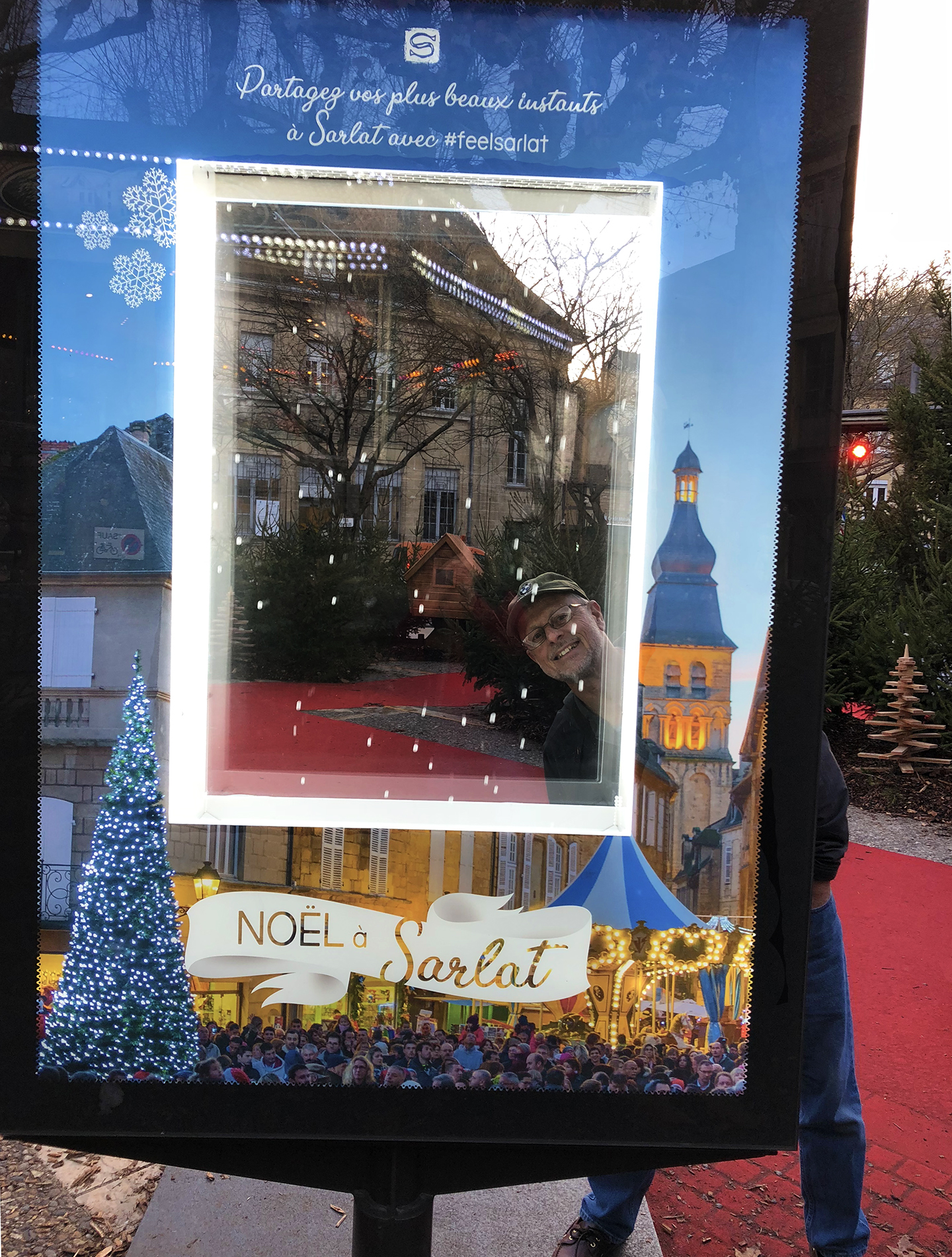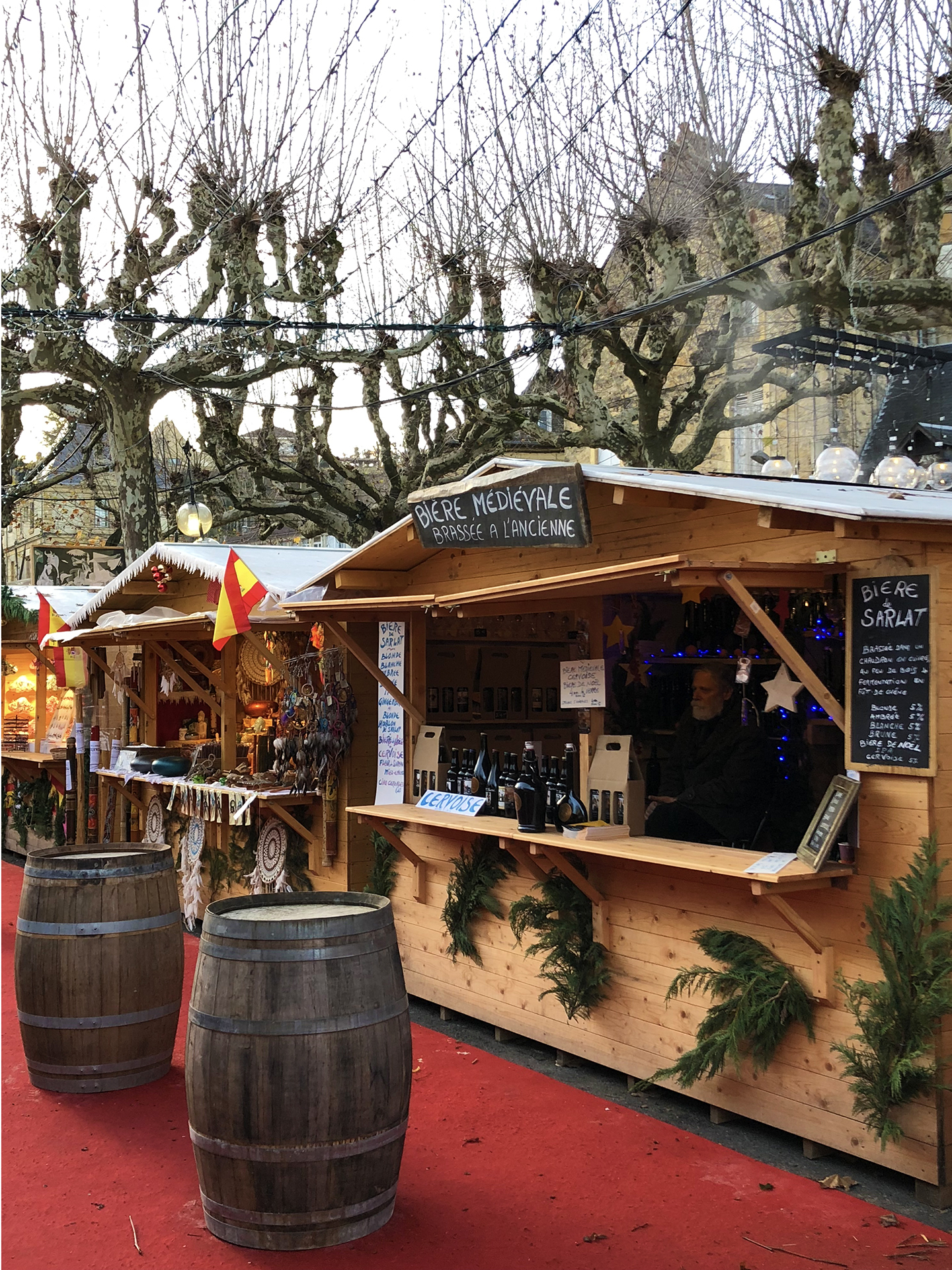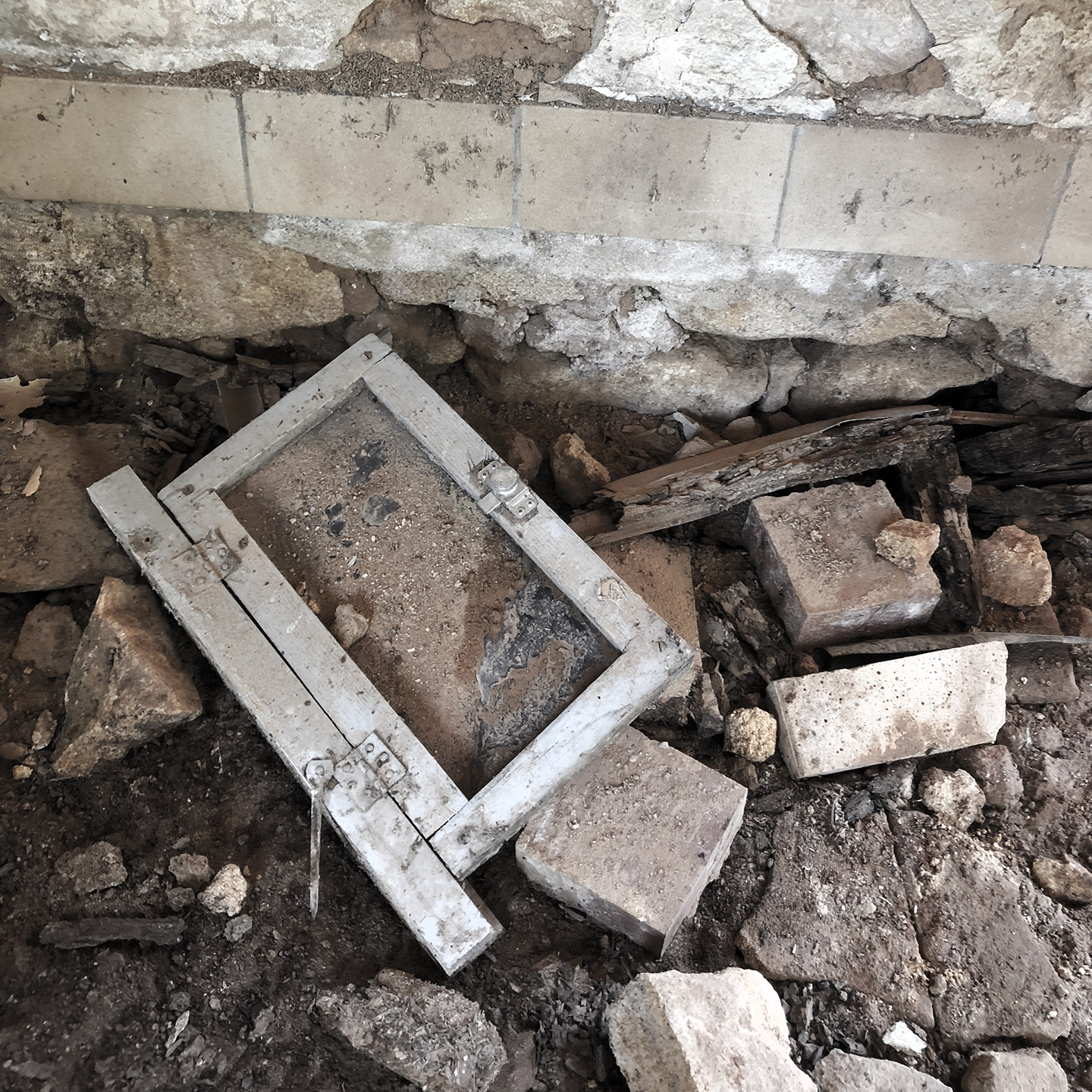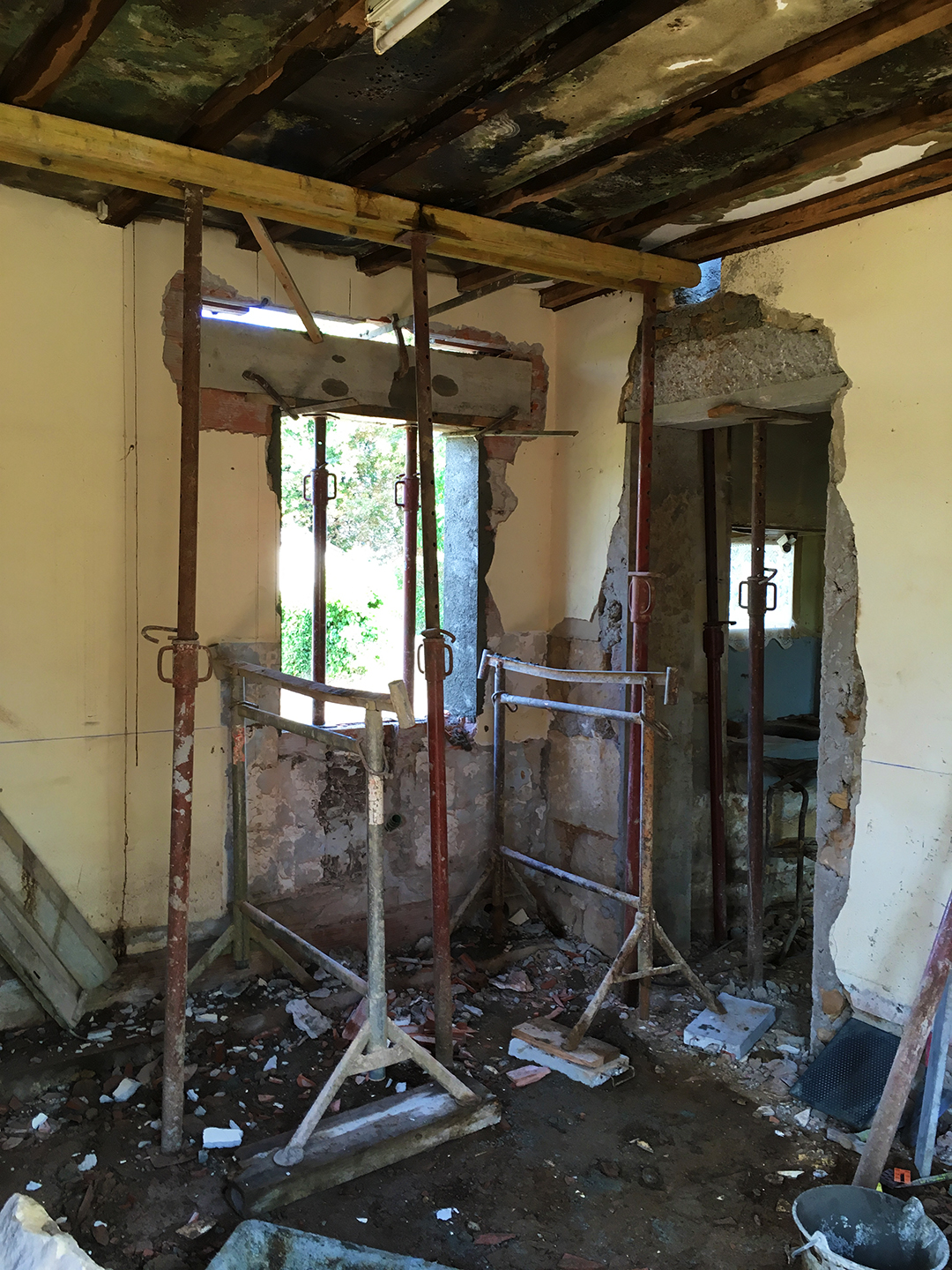March 23, 2020
Humans abhor uncertainty. Things were probably different for cavemen but modern man has become a bit too complacent, expecting trains to always run on time and toilet paper to be available at will. The Covid health crisis takes us into uncharted territory. As a news junkie, I observe how the pandemic is unfolding. I look for intelligent questioning to sift through the known knowns and the known unknowns. Science keeps me grounded.
Meanwhile, I also take comfort in the predictability of nature and, specifically, how I can always count on bulbs to signal the turn of the seasons: yellow narcissi in our woods, pink tulips in Maguy’s yard, or wild irises in front of the old pigsty. Bulbs are your friends; your unfair weather friends.
Old clay roof tiles
March 24, 2020
The Attestation de Déplacement Dérogatoire was updated today. According to the “new and improved” version, you can still go out of your house to buy essential supplies but outdoor exercise is limited to one hour per day; you must fill the form with the precise time when you leave your residence. Apparently, too many dogs complained of exhaustion after their humans used them as an excuse to walk or jog every two hours… During your sortie, you must remain within 1 kilometer from your house which guarantees you’ll become extremely familiar with your immediate surroundings. This photographer will have to sharpen her eyes and continue to focus on details: today, I give you Old roof tiles. Tomorrow, it could be Green grass, or Clear skies, or Mom’s fuzzy slippers. The possibilities are staggering.
Vocabulary
La sortie: outing
Fabric masks made by our neighbor Isabelle
March 25, 2020
In the old days, farming families here could not survive without their neighbors’ help. They aimed to be self-sufficient, thus favoring l’agriculture vivrière, but everybody would pitch in when it was time to harvest wheat, pick grapes, crack walnuts, or slaughter the pig. A schedule was established so that equipment and able bodies were pooled to work at each farm in succession. When the task was completed, everybody would gather around the table for a festive meal. In France, rien ne change…
There are still a few farmers in our village but the size of their farms has increased following l’exode rural after WWII and le remembrement in the Sixties. They all have their own farm machinery and they hire crop hands at harvest time when necessary. But la solidarité is not an empty word here: it just manifests itself differently nowadays. Some of our neighbors bring us fruits, vegetables, or flowers; others pick up medications at the pharmacy for those who can’t drive; everybody checks up on the elderly. Today, Isabelle and Sylvain dropped off some homemade masks for us and Mom. In fact, they sewed masks for the whole hamlet, about fifteen households. Isabelle even apologized that she didn’t have any fabric printed with motorcycles for Rick!
Vocabulary
L’agriculture vivrière: (f) multi-crop farming and animal husbandry to ensure a varied food supply
Rien ne change: nothing changes
L’exode rural: rural migration from the countryside to the cities
Le remembrement: consolidation of farming lands to improve the use of machinery
La solidarité: solidarity
A traditional stone house stands in a field of wild flowers
March 26, 2020
Our weather has been positively balmy; it makes my daily outings even more enjoyable. Like many people, I’m struck by the quietness of our environment. The number of cars on nearby D704 has been reduced to a trickle. A lone tractor occasionally reminds us that spring planting is around the corner.
The only ones who dare disturb the sound of silence are the birds, hundreds of them. I still hang my boules de graisse from the boxwood tree: sparrow, great tits, and my one robin are familiar sights and songs. Turtle doves and crows regularly fly over our fields. In the woods, the distinctive sounds of cuckoo birds, owls, and woodpeckers are easy to identify but other melodies remain mysterious to me. I’ve found several websites and YouTube tutorials to get more familiar with local birds. Armed with the opera glasses that my parents brought back from Kyiv in 1986 (our binoculars are still in a box somewhere in the garage,) perhaps I can pass for an ornithologist-in-training!
Today I spotted a buzzard standing at attention on top of a fence post. It was probably eyeing some field mouse for lunch but it took off when I approached. As I watched the majestic raptor unfold its large brown wings and soar into the blue sky, I once again felt a tinge of envy. If I could have a superpower, flying would be it.
Vocabulary
La boule de graisse: lit. ball of grease; a mixture of suet and seeds.
The Javits convention center in happier days
March 27, 2020
I watch in dismay as the Javits convention center in New York is being turned into a field hospital of 1000 beds. For a couple of decades, Javits was my twice-a-year playground. While running Joie de Vivre, I regularly flew to NYC to attend the Fancy Food Show, the NY NOW Gift Fair, and other trade shows there. Javits was my happy place where I would sample delicious food from all over the world, meet new suppliers, and joke with old friends. Javits was alive, vibrant, and colorful. Now, the show floor has morphed into a giant grid of 10’ x 10’ sterile cubicles, deserted, silent, expectant. The contrast is shocking. As the 2020 trade show season grinds to a halt, Javits is poised to perform a startling new mission this year: instead of embracing conventioneers and amplifying their laughter, it will cradle patients and soothe their anguish. Normality has left the building.
Wild boars were here!
March 28, 2020
The pandemic seems to have a positive effect on the environment: with less human activity and fewer cars on the roads, air pollution is decreasing. And since people are staying home, or should be, wild animals are enlarging their territories: dolphins swim in the Venice canals, coyotes roam the streets of San Francisco, ducks waddle near la Comédie Française in Paris (sorry, guys: the theater is closed.)
In related news, our wild boars are back! Technically, they don’t “belong” to us. They don’t even live in our woods but they obviously enjoy our quiet area. They already paid us a visit last Fall. Lily loves to hunt but her focus is le petit gibier: bugs, mice, lizards, and the occasional hedgehog (ouch.) Les sangliers always leave tell-tale signs of their frolicking: they dig the ground with their nose and feet, looking for roots and worms, leaving trenches that dull the blades on Rick’s mower. They only come out at night but have become quite bold: I heard them grunt behind me one December evening as I was leaving Mom’s house! I wrote a letter to City Hall so they would inform the local hunters. I heard packs of dogs and rifle shots the following weekend. I also inherited a bag of meat that I quickly prepared as “médaillons de sanglier, sauce aux mûres.” It was yummy. But hunting season will be over in just a few days and group hunting would not be allowed anyway. I suspect that close encounters with wild boars will become part of our new normal.
Vocabulary
Le petit gibier: small game
Le sanglier: wild boar
La sauce aux mûres: blackberry sauce
Green asparagus and morels in puff pastry; 7 hour lamb shoulder with garlic, honey, and thyme; sphere of crispy risotto with lemon confit center and artichoke cream; strawberry cake.
March 29, 2020
For the past thirty years, I’ve appropriated Easter as “my” holiday. More by necessity than choice: handling Thanksgiving or Christmas was not an option because of my crazy work schedule in the Fall. Besides, the French and Thanksgiving are not exactly a match made in heaven.
I usually enjoy composing my Easter menu but it’s hard to muster some excitement this year since we all need to stay in our respective homes and I won’t be playing hostess. I had resigned myself to preparing an Easter dinner anyway and delivering the plateaux repas to family members, cafeteria-style. And then, I received an email from my favorite local restaurant; their Easter menu sounded lovely. Of course, the restaurant itself is closed: they’re only offering take-out. I am sure they have a hard time paying their bills. After consulting with the rest of the family, we decided we should show our support to a small local business and help them weather the storm. On Easter Sunday, chef Sylvaine will leave her frog coat in the closet. That will leave me ample time to focus on my second job: sommelier…
Vocabulary
Le plateau repas: meal tray

